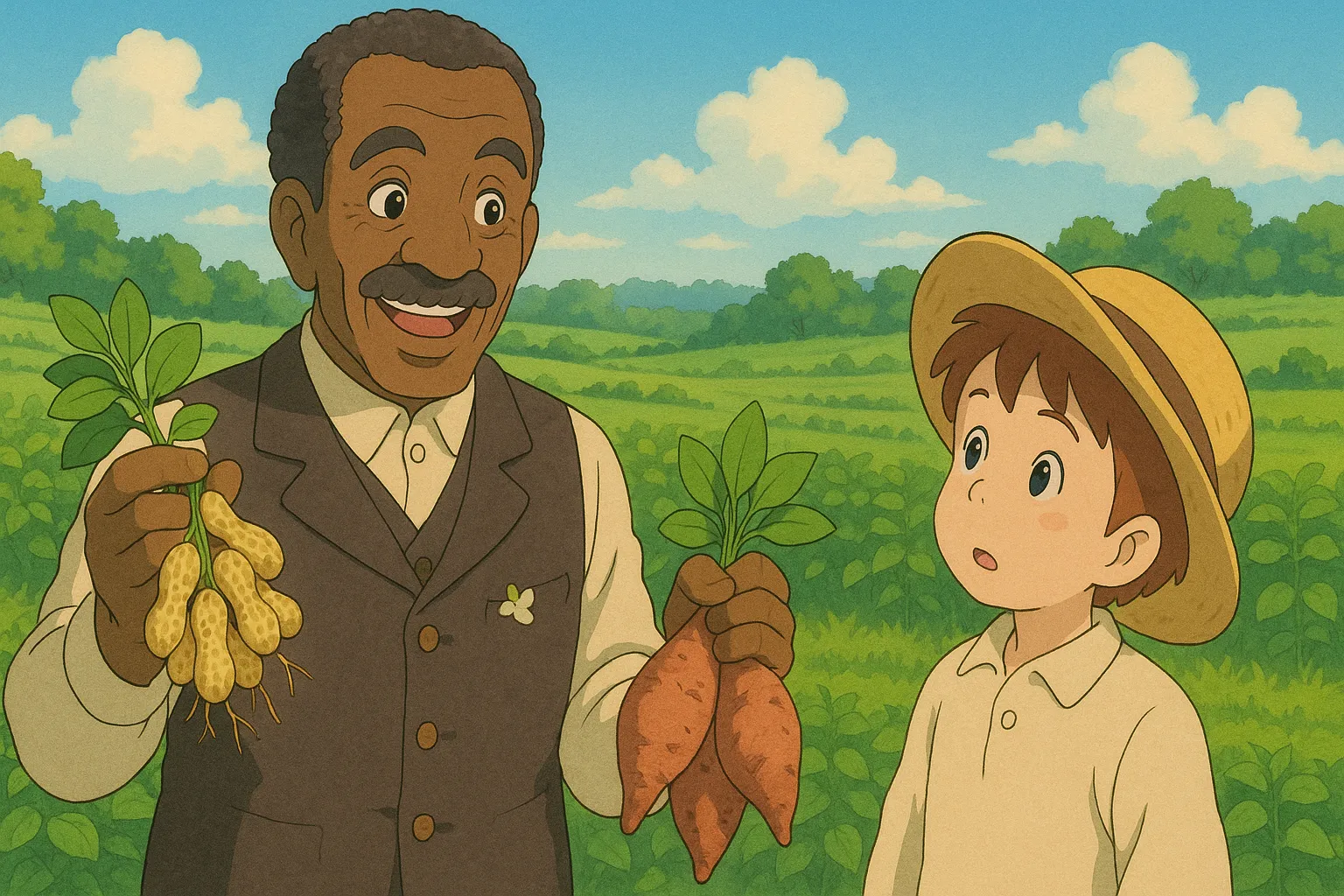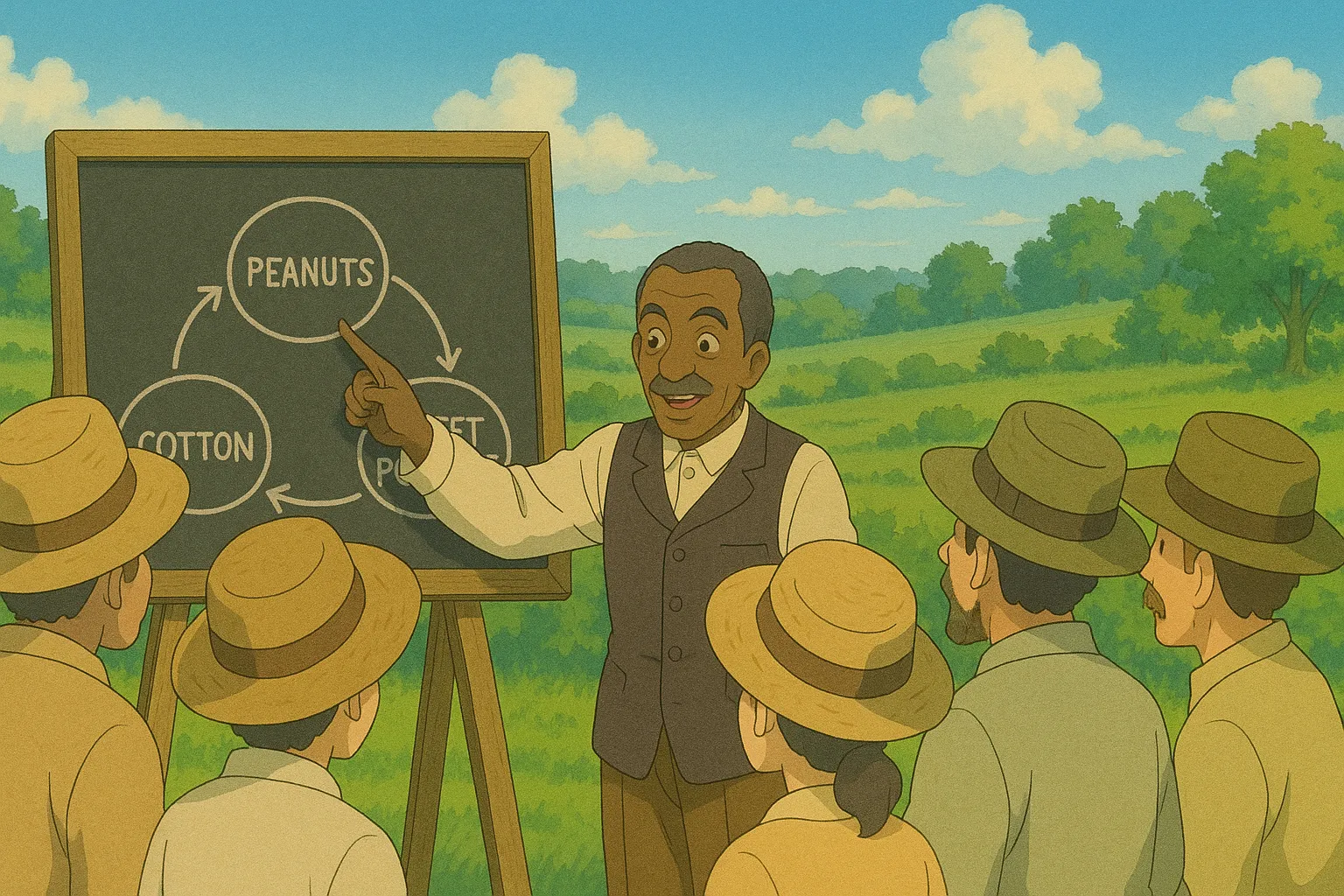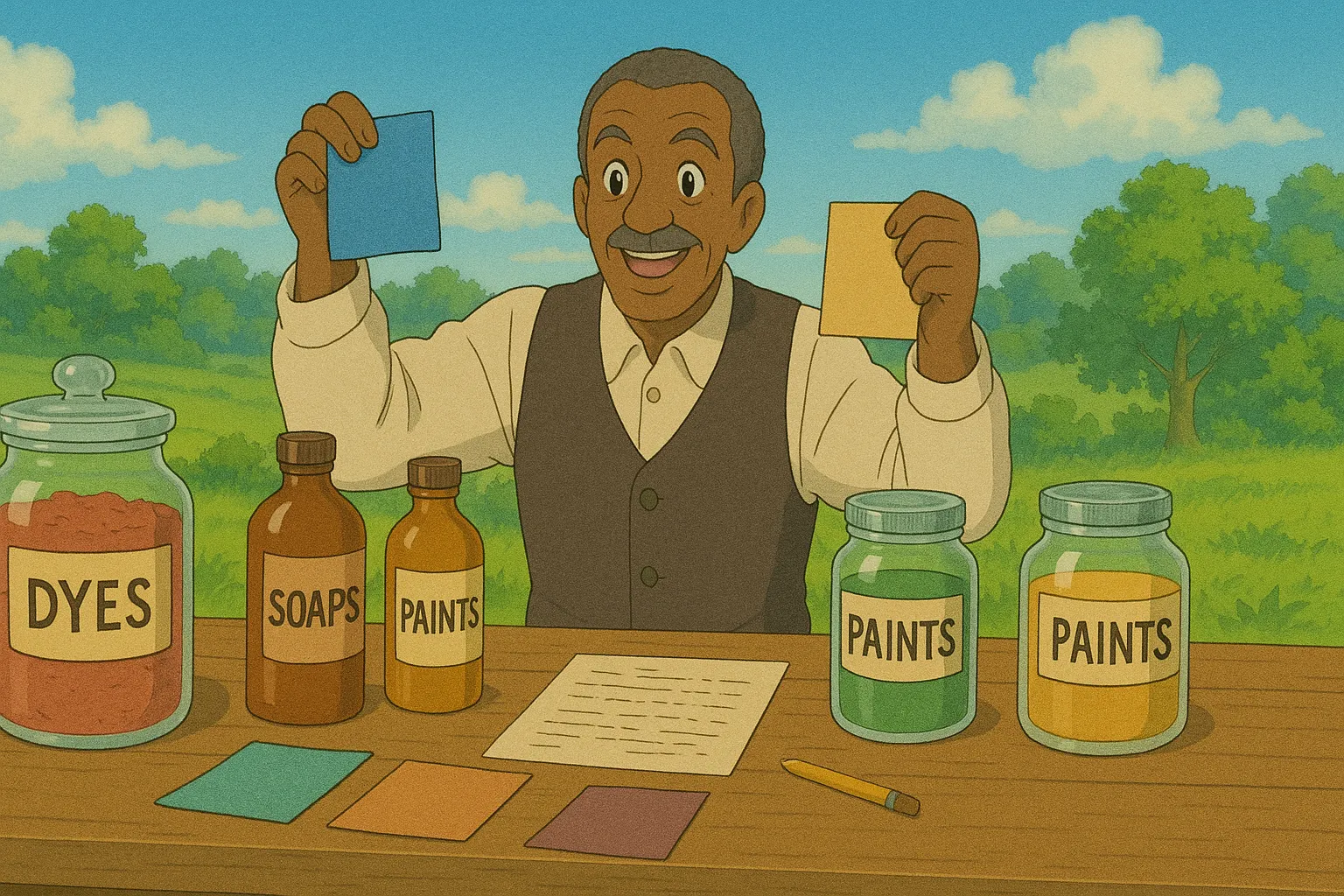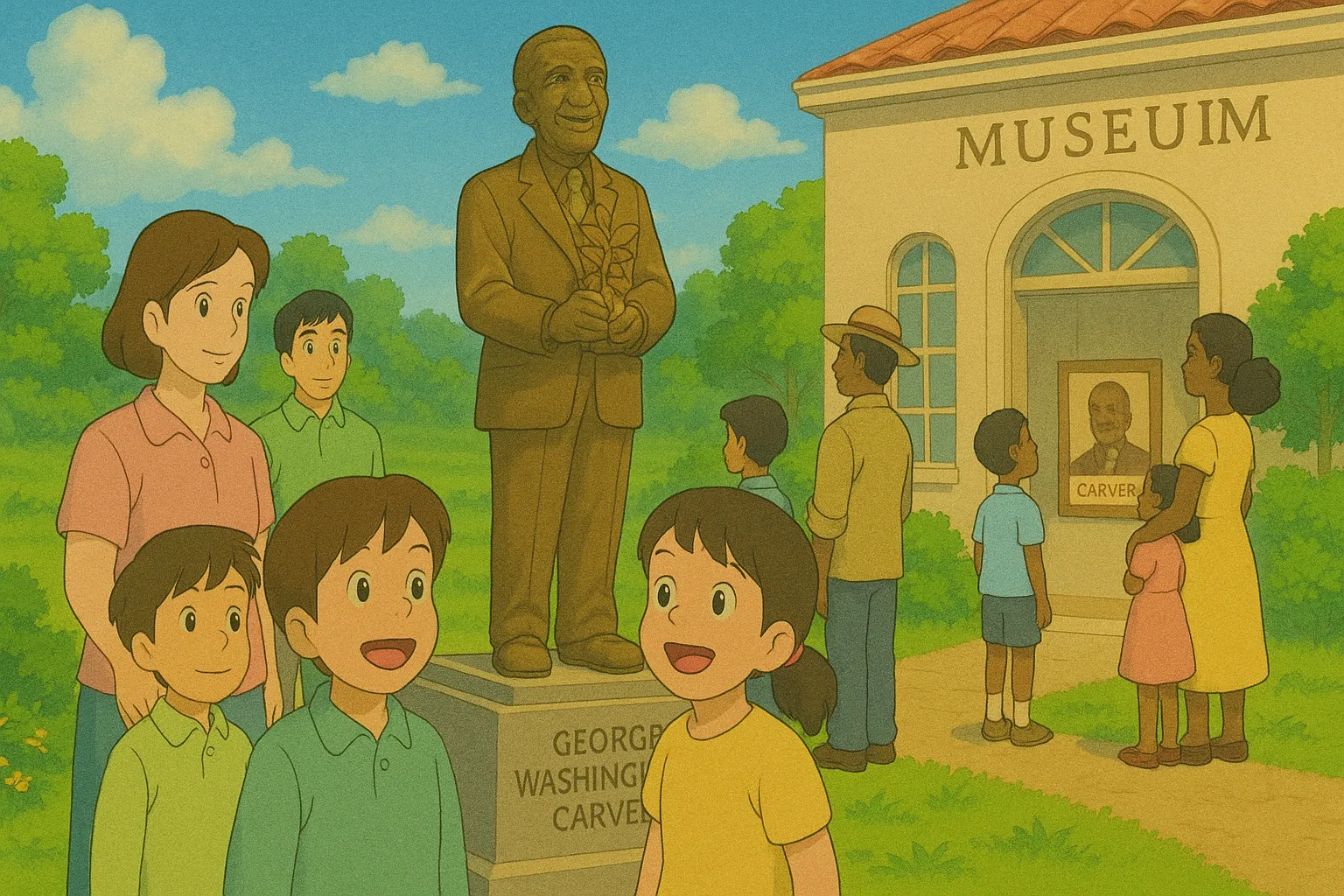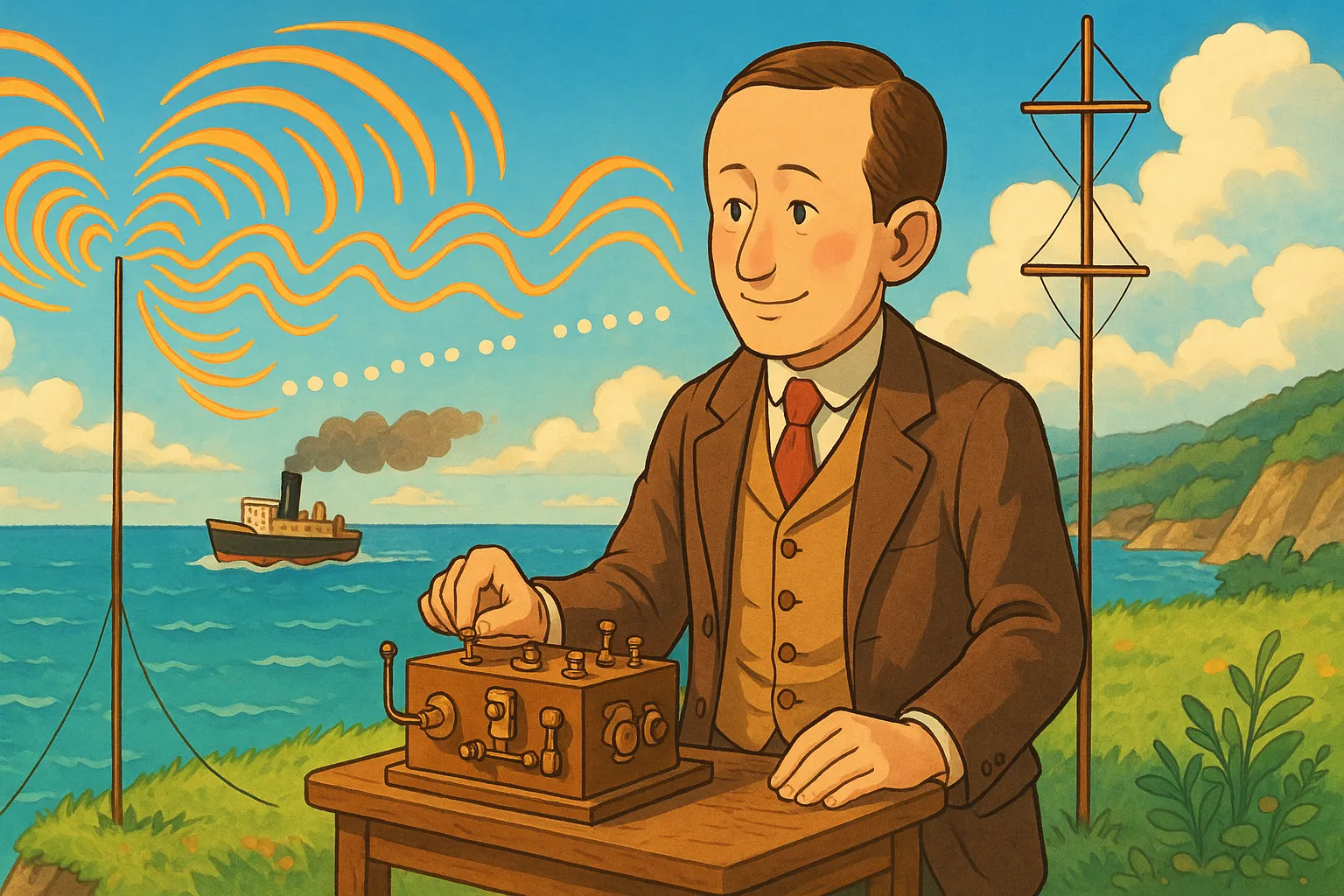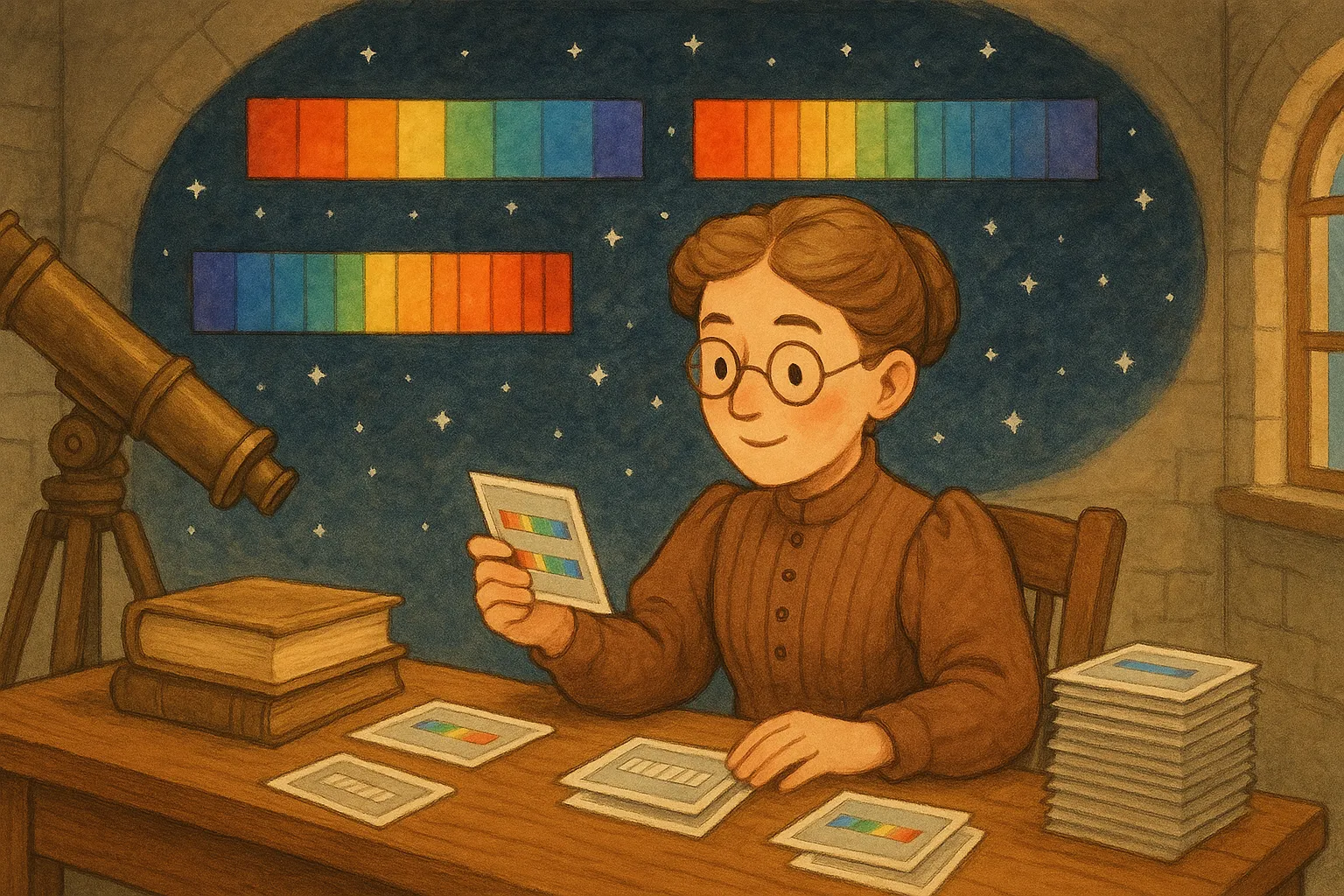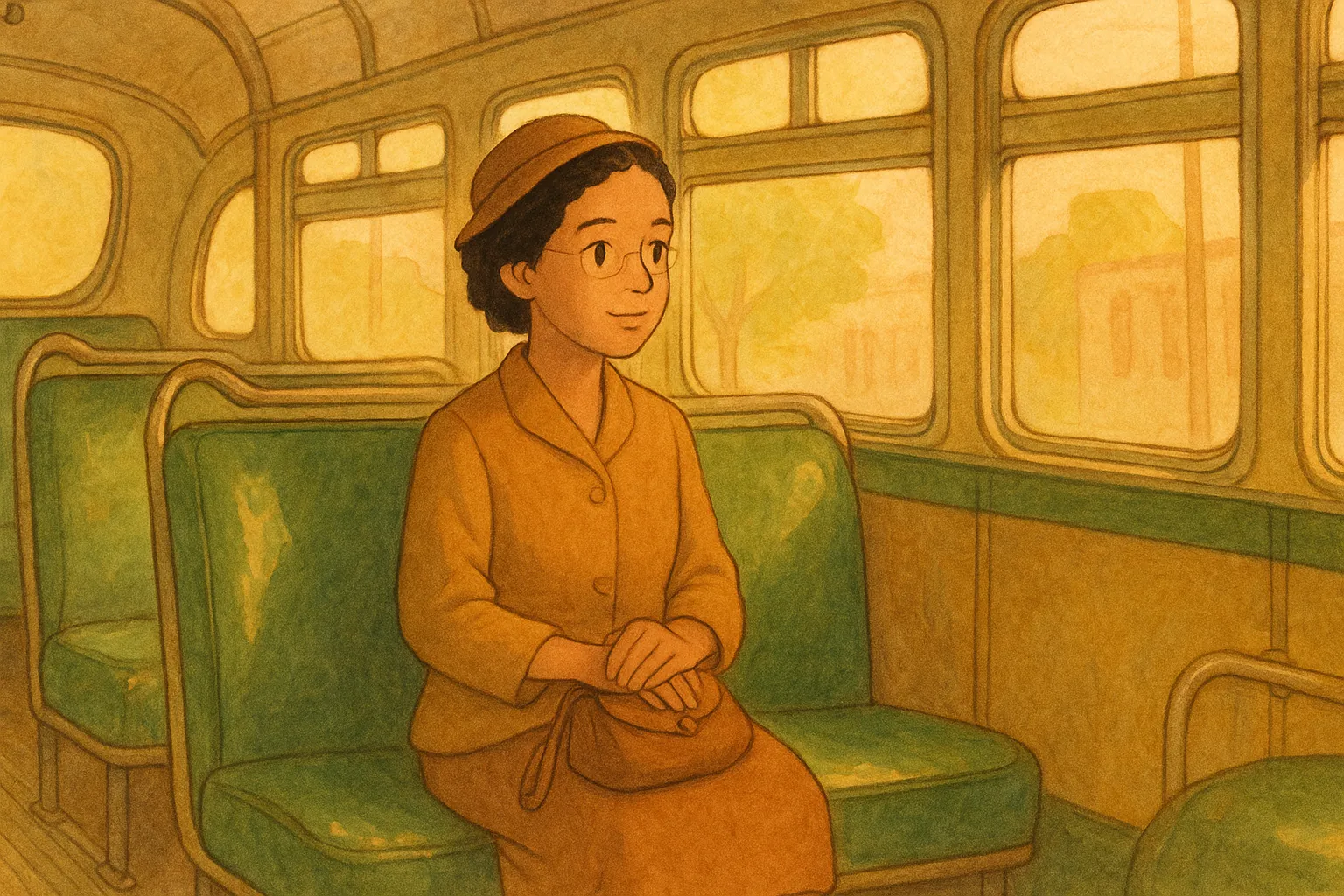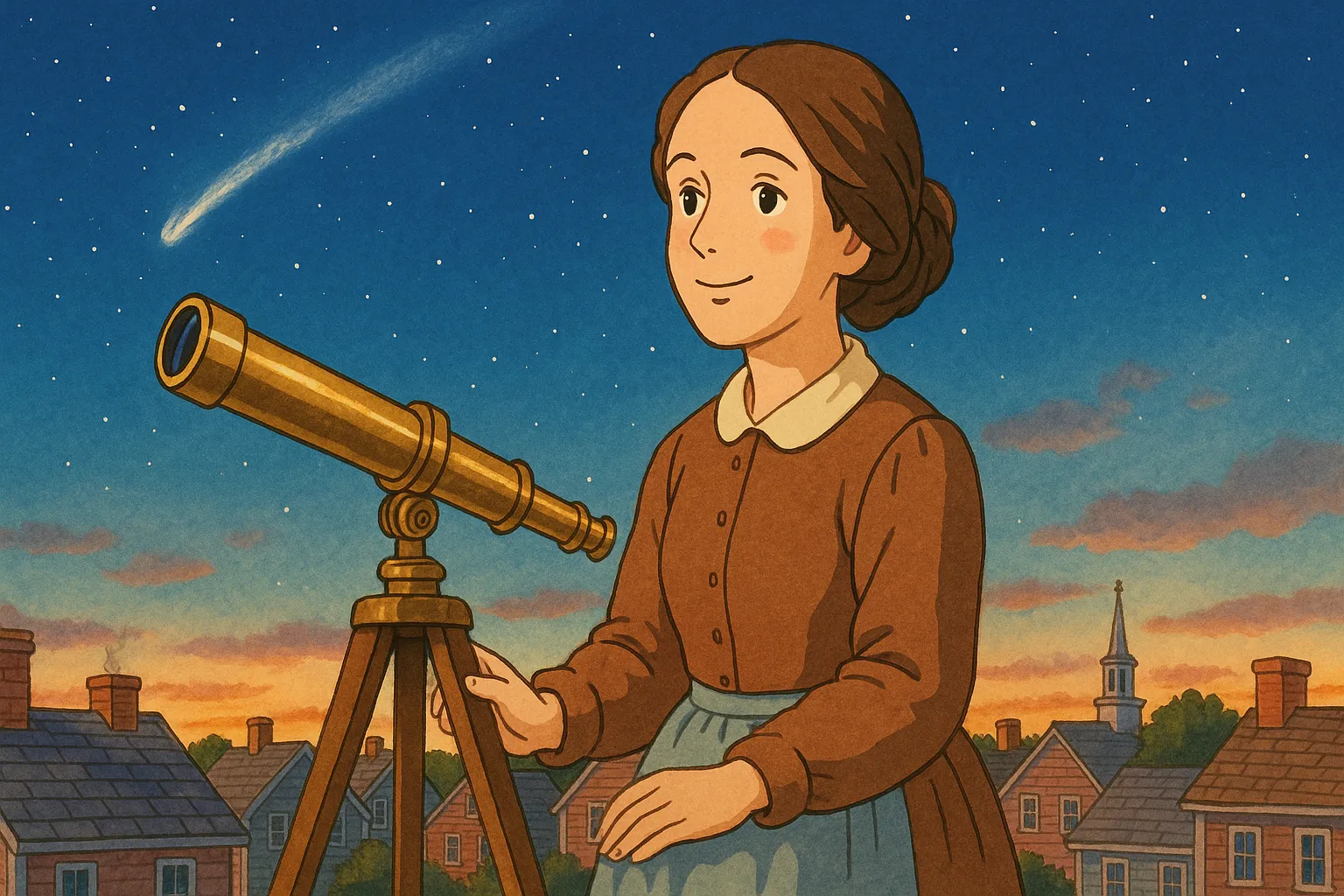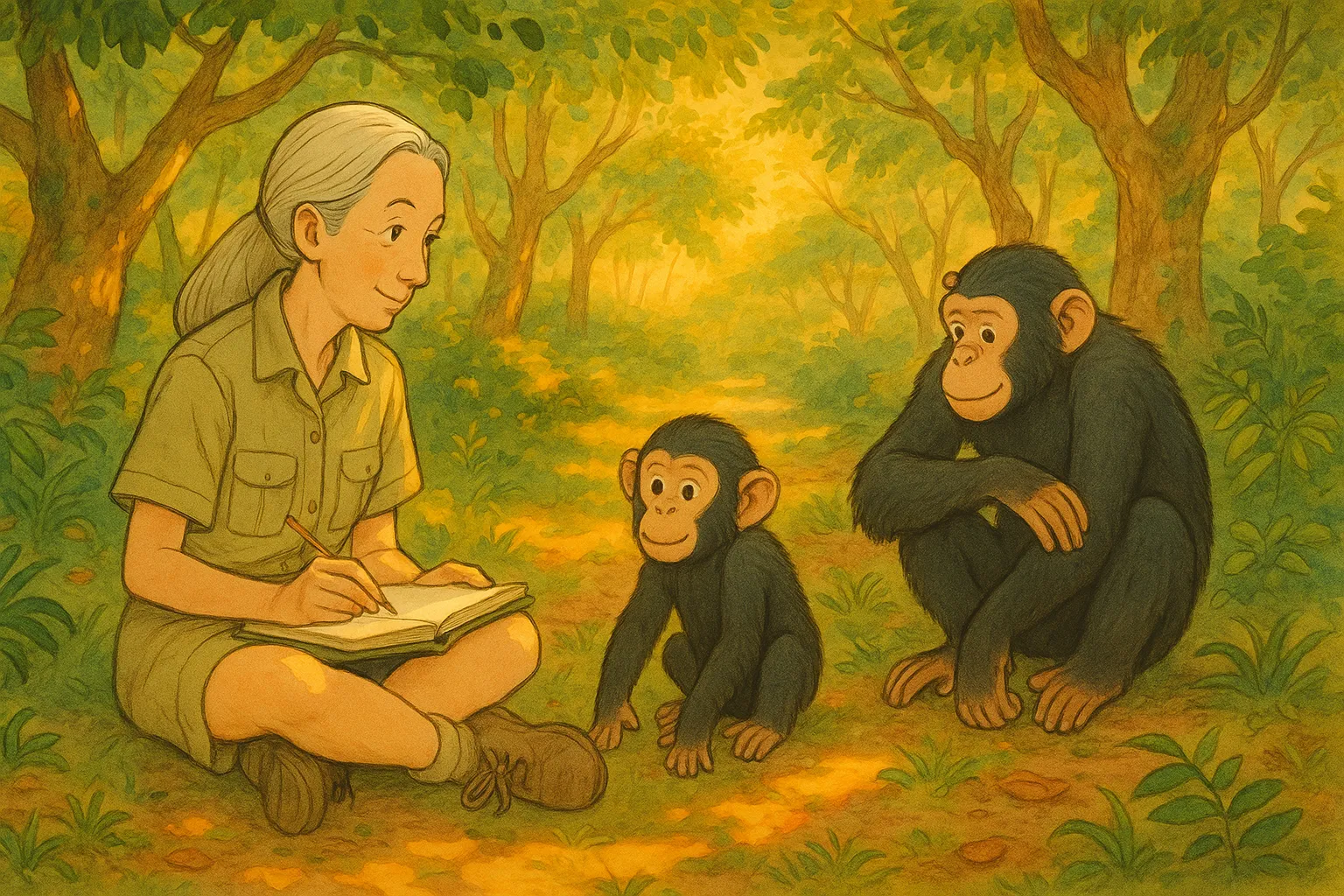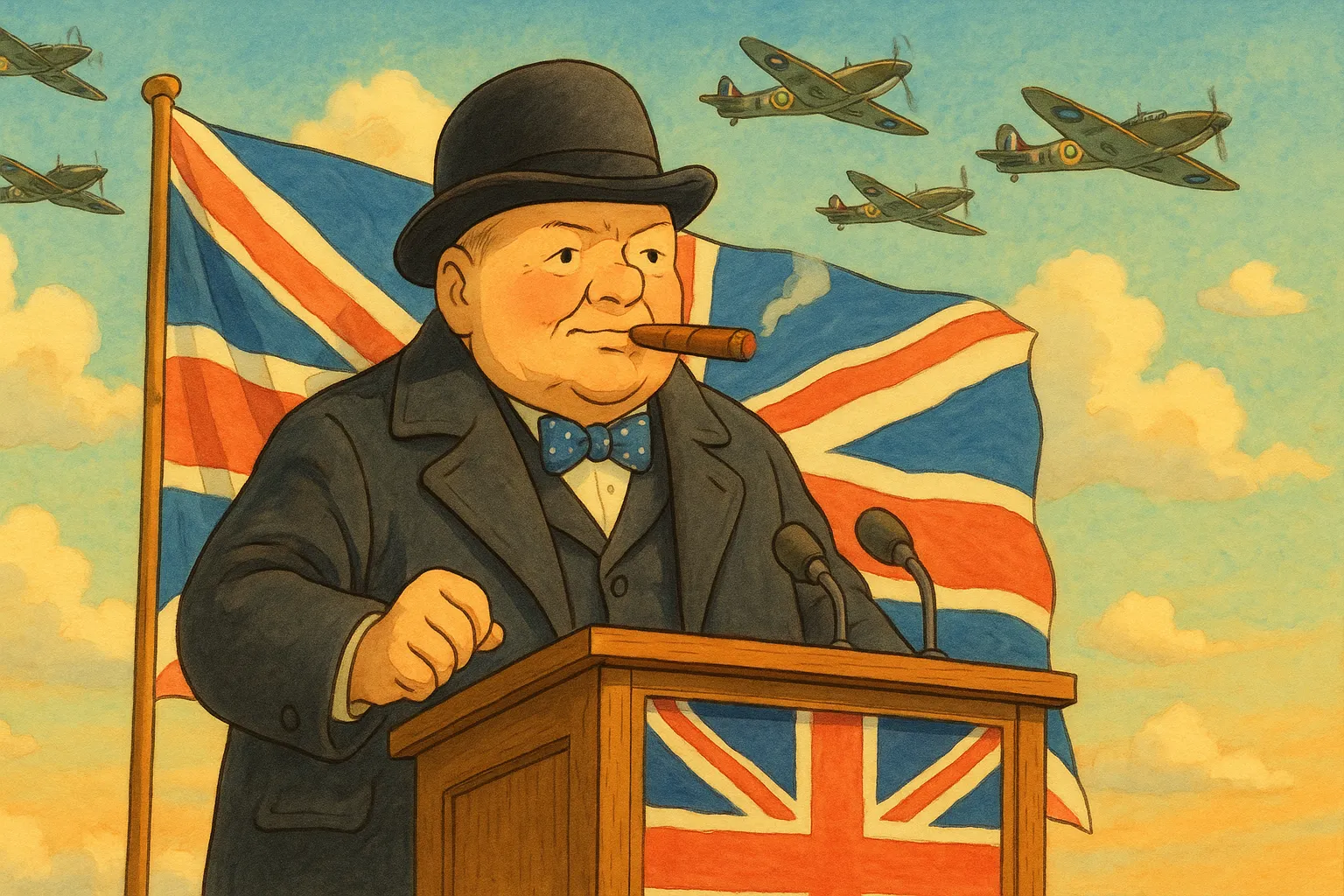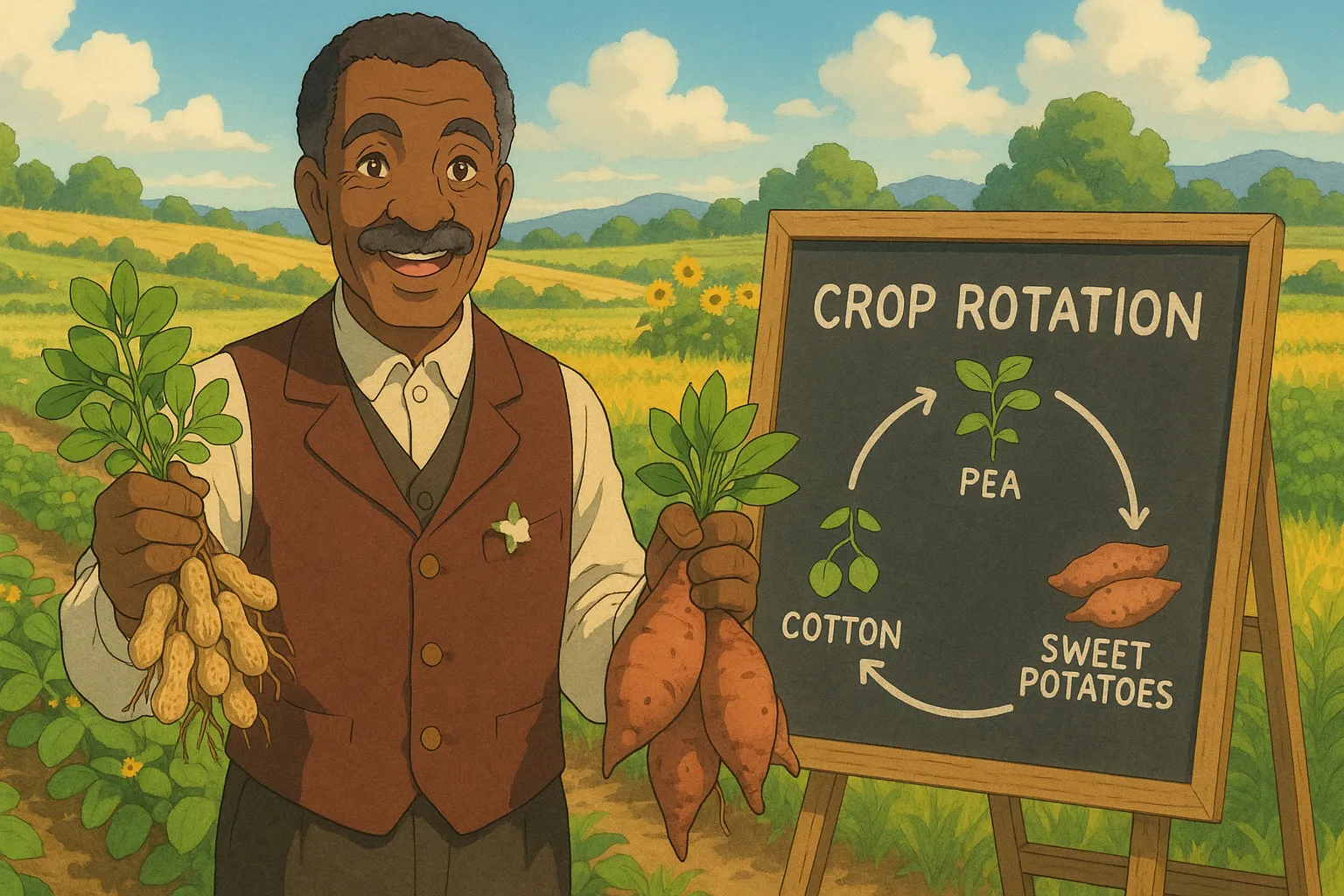
George Washington Carver

c.1864-1943
Agricultural scientist who helped farmers
Published: October 20, 2025
Frequently Asked Questions
Did he invent peanut butter?
No. He researched many peanut uses and promoted peanut farming, but he did not invent peanut butter.
Was George Washington Carver born into slavery?
Yes. He was born into slavery near Diamond, Missouri around 1864; his exact birth date is not known.
Where did he learn science?
He studied at colleges in Iowa, including Iowa State College, where he trained in botany and agricultural chemistry before joining Tuskegee.
What inspired his plant research?
He loved nature from childhood, experimented with plants, and wanted to help farmers recover land and earn a living after hard times.
Can people still visit places about him?
Yes. The George Washington Carver National Monument in Diamond, Missouri, and exhibits at Tuskegee celebrate his life and work.
